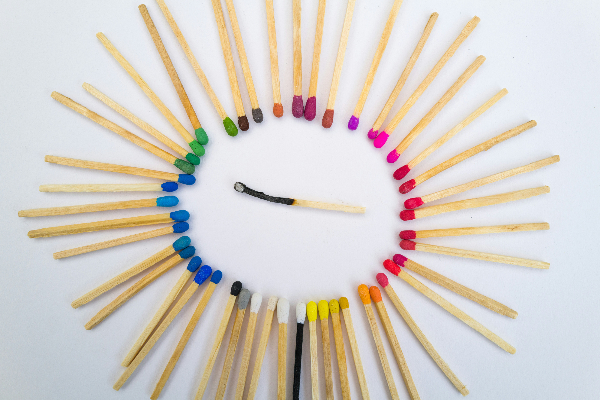Perseverance in Solving Problems

The Mathematics Common Core Standards outline certain mathematical practices that students should develop in class. The first practice is “Make sense of problems and persevere in solving them”; this means that students need to be able to make sense of the information in a problem through different approaches, select a process for solving the problem and explain why it makes sense, as well as use alternative approaches when necessary. This practice moves away from “quickly getting the right answer” to focus on the process through which a solution can be drawn. But how do we teach perseverance to students?
Perseverance, along with grit and tenacity, has been recognized as essential to an individual’s capacity to succeed at long-term goals, and to persist in the face of challenges and obstacles. Researchers have been highlighting for a few years now the impact that these non-cognitive skills can have on students; some of the best-known scholars are Carol Dweck and her research on growth mindset (2006), as well as Angela Duckworth and her work on grit (2007). A recent report (Shechtman et al., 2013) highlights the common findings in research related to perseverance, grit and tenacity, which have direct implications for teaching and learning:
1. Learning environments can be designed to promote grit, tenacity and perseverance. This means that educators provide opportunities for students to take on goals that are challenging, but within students’ range of proximal development (not too easy or too difficult). Educators should help students connect these goals with their values and interests, so students become intrinsically motivated to accomplish these objectives. At the same time, in order for students to pursue these challenging goals, the classroom climate should regard making mistakes and struggling as part of the learning process, and effort should be emphasized over ability. The bottom line is that you want students to feel safe making mistakes and taking risks, and feel supported in this process of struggling with challenging goals.
2. Students can develop psychological resources that promote grit, tenacity and perseverance. Research has shown that social and emotional competencies are malleable and can be learned (and taught!) over time. One of the aspects that often holds students back in their math work is not based on their knowledge of math concepts or procedures, but their academic mindsets. The beliefs, attitudes, dispositions or ways of perceiving oneself can have a powerful impact on performance and how students react in the face of challenge. One of these mindsets is Dweck’s growth mindset: “My ability and competence grow with my effort”. You can actually test your mindset on-line and for free by accessing Mindset Works. Exploring your students’ beliefs about their abilities and competencies, and addressing them in the classroom, will help you be more effective and help students learn better and be more motivated. In addition to considering students’ academic mindsets in your instruction, there is a second element that will help students persevere in the face of challenges: having specific strategies to deal with difficulties. You can develop a list of strategies with your students for “what to do when you feel stuck” and post it in your classroom, so students have easy access to this information as they are working on their math problems or other activities. The same process of developing this list with students will highlight that making mistakes is okay and that we often need to use an alternative approach to solve problems.
Developing perseverance in your students is not an easy task or something that will happen right away, but there are things that you can do to help students persist in the face of challenges: First, create a classroom climate that supports students taking on challenging goals where mistakes are seen as normal to the learning process; second, develop a growth mindset in your students by teaching that intelligence is not fixed, and provide with specific strategies that students can use when they feel stuck. By addressing both the learning environment and students’ individual resources you will be helping students develop perseverance and you’ll be providing the foundation for great learning!
2 Comments
Leave a Comment
Subscribe to the HEART in Mind Newsletter
Research-Based Strategies for your SEL Toolbox










We need you up here in Sonoma County! Thanks for passing on these tips… Anne
Thank you, Anne. I’d love to help schools in Sonoma County as well! Feel free to share this blog with parents or educators who you think might be interested.